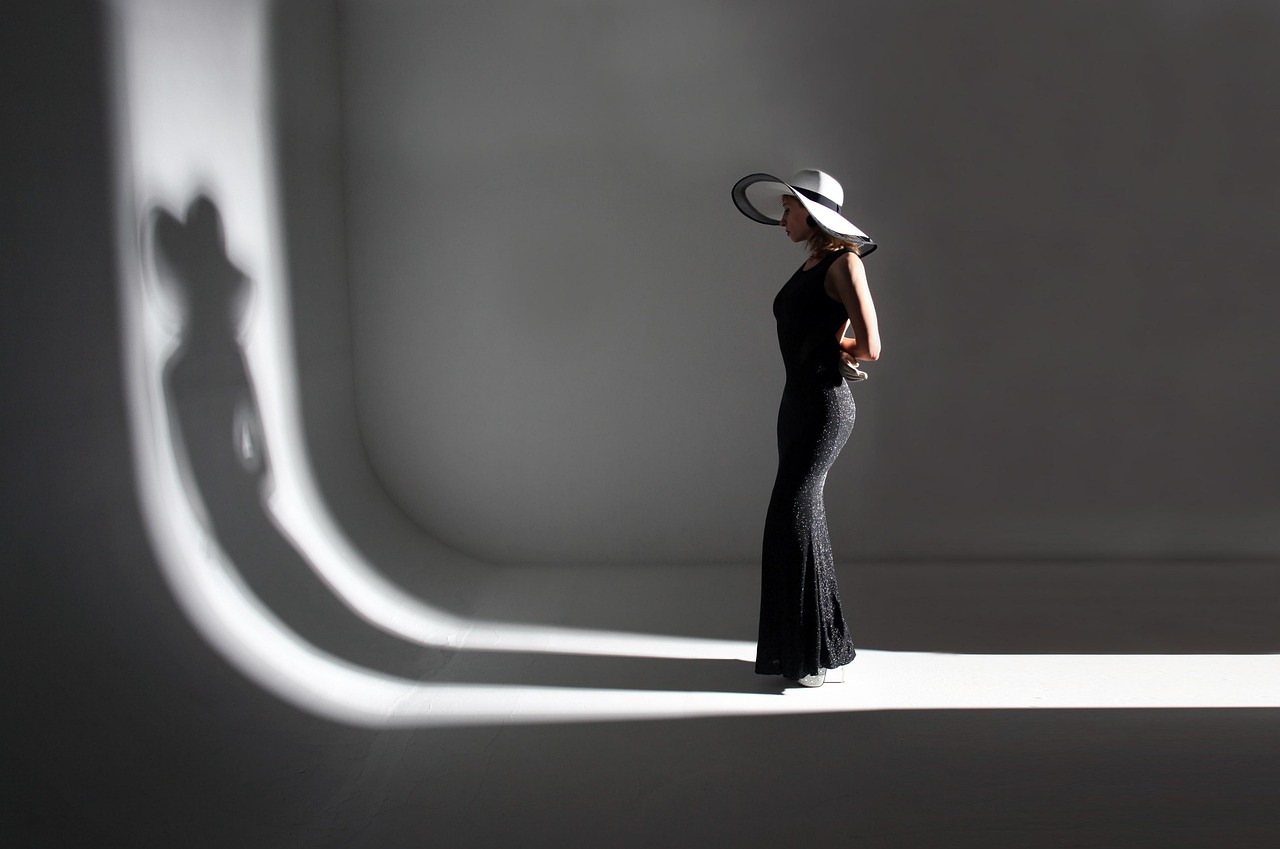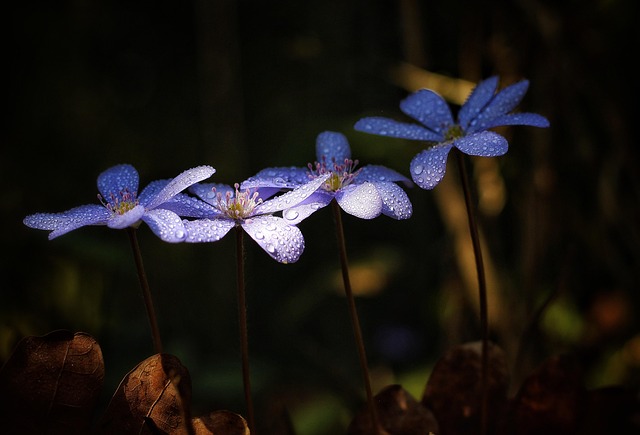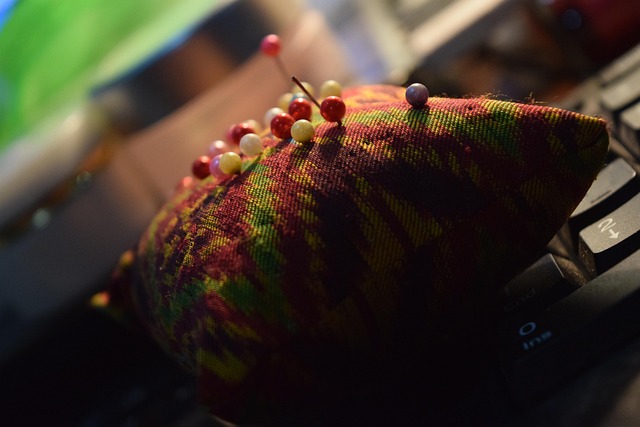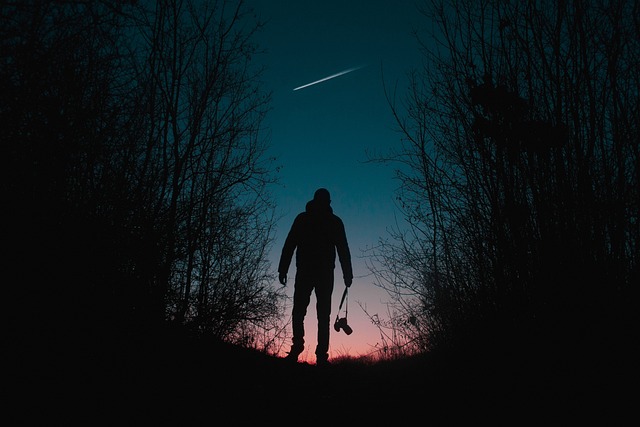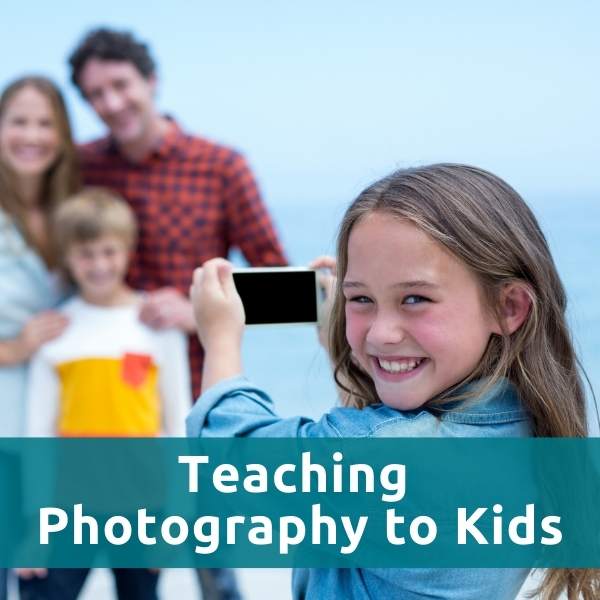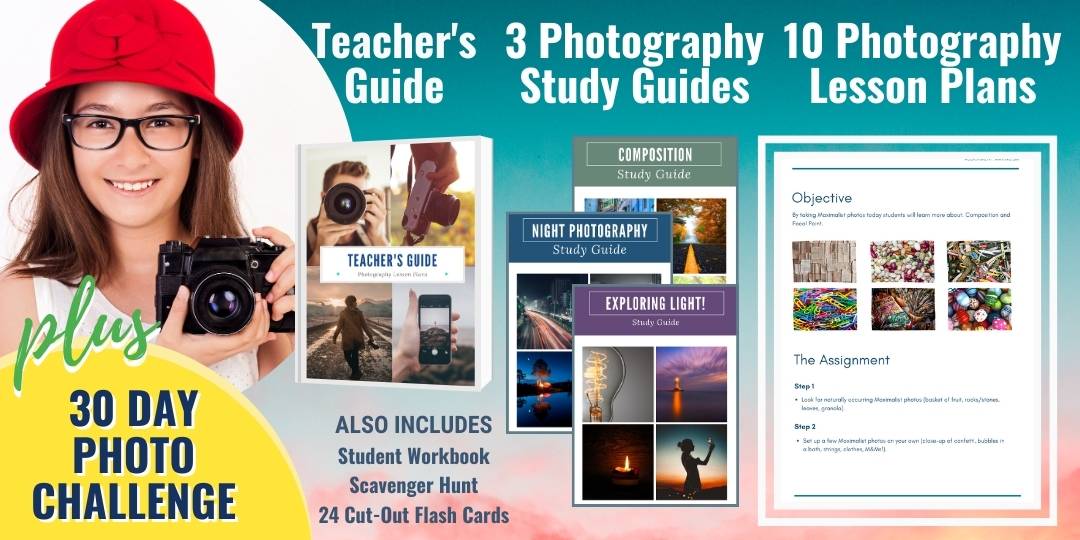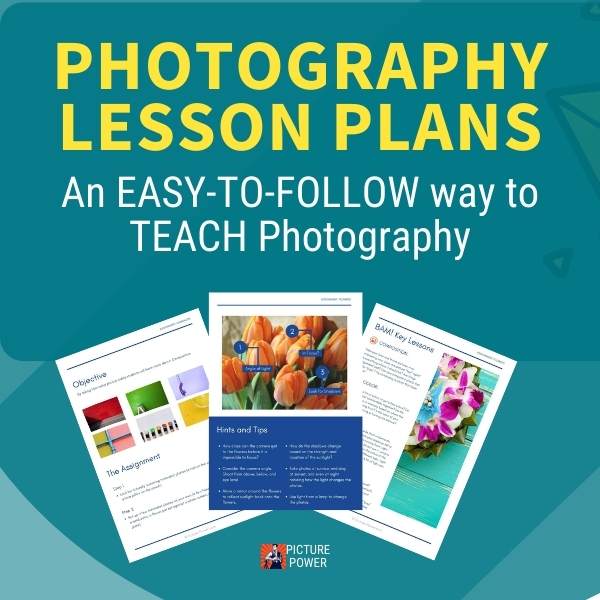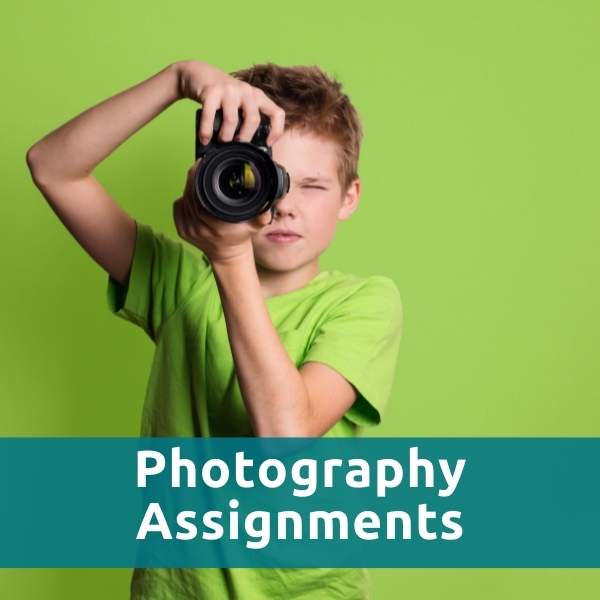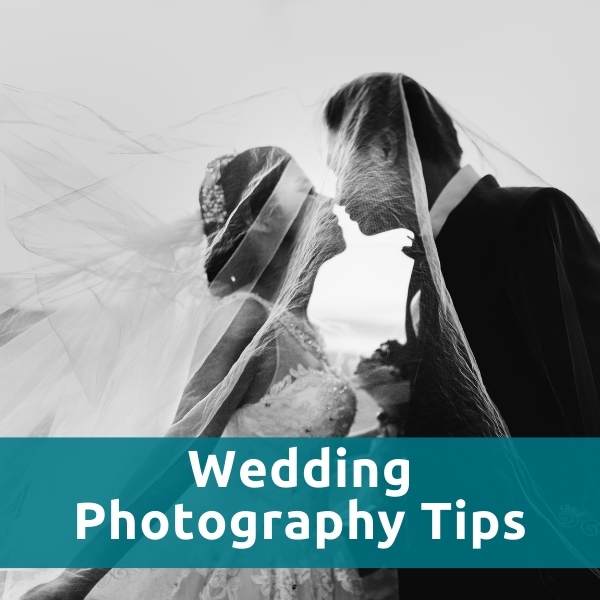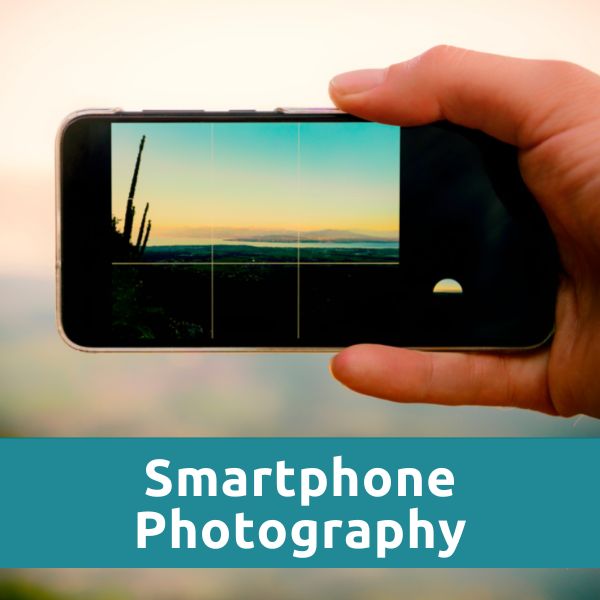teaching photography
How to compose your photos using light
Light is your first language in photography.
Before your students learn about aperture, before they understand ISO, before the rule of thirds even begins to matter—light is what speaks. Light doesn’t just illuminate a scene. It sculpts it. It whispers direction. It tells stories. And for your students to truly speak the language of photography, they must first learn to listen to light.
Imagine you’re standing before a blank canvas. You’re not handed a paintbrush—but instead, a beam of morning sunlight. Now, how do you begin? You bend the light. You chase it. You let it speak through shadows. This is the poetry of photographic composition. This is how we guide our students: not by controlling light, but by inviting them to collaborate with it.
Light as a Stage Director
Think of light as a stage director in a theater. It knows who the main character is—and it uses a spotlight to tell the audience where to look. Teach your students to ask themselves: Where is the light falling? What is it highlighting? What is it hiding?
A shaft of sunlight through a window can draw attention to a single face in a crowded room. A backlit figure becomes a silhouette, mysterious and bold, the subject’s story suddenly changed by the way the light has written it.
Encourage your students to compose their photos not just around objects, but around the gesture of the light itself.
Shadows: The Silent Partner
Where there is light, there is shadow—and here lies the secret ingredient of visual drama.
Shadows are not mistakes. They are not flaws to be erased in post-processing. They are the punctuation marks in the sentence of light. Where light reveals, shadow conceals. In doing so, it creates depth, mood, mystery. Show your students how to see shadows, not just work around them. Let them photograph contrast—harsh sunlight against deep shadow. Let them explore the chiaroscuro language made famous by Caravaggio and Rembrandt, and show them that photography is just as much about what is not shown as what is.
Framing with Light
Too often, beginner photographers look for physical frames—a window, a door, an archway—to guide composition. But light can be a frame all its own.
Teach your students how a pool of sunlight can form a natural vignette. How light falling across just one section of the frame can pull the eye there, leaving the rest to blur into contextual mystery. A face lit against a darkened background becomes a framed portrait without borders.
Let your students experiment with edge light, where the light outlines the subject like a golden halo. Let them find rembrandt light, where a triangle of light under one eye gives depth and dimension to a face. Let them discover how light isn’t just hitting the subject—it’s shaping it.
Light Has Emotion
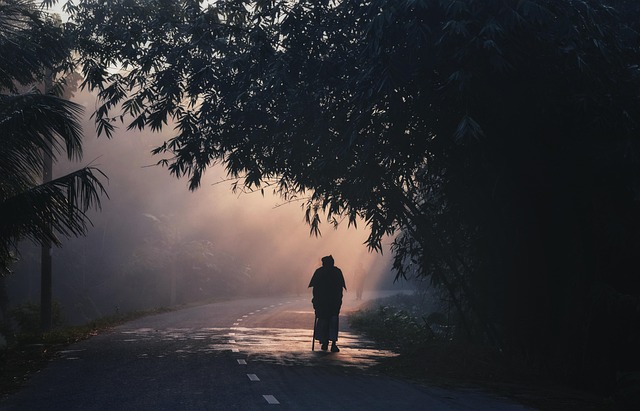
Here’s something worth emphasizing to your students: light carries mood.
Golden hour doesn’t just look warm—it feels warm. The cold tones of overcast daylight suggest introspection or sadness. Harsh midday sun? Tension, energy, restlessness. If your students want to tell a story with their photos, they must begin by asking: What is the emotional temperature of this light?
This is where the language of light becomes storytelling. A well-composed photograph isn’t just technically good—it feels like something. And it is the quality, direction, and intensity of light that delivers that emotional payload.
Exercises in Seeing Light
To help your students develop fluency in this language, try this exercise: have them spend one hour a day with their camera, photographing only light and shadow. Not things—just light itself. Where it lands. How it reflects. What it does to color, shape, space.
Or better yet—have them take the same photo at five different times of day, watching how the shifting light completely alters the composition, the mood, the meaning. Let them compare. Let them describe what they feel.
You are not just teaching them how to use a camera. You are teaching them to see—and seeing is the first step to speaking the visual language with eloquence.
There’s a beautiful old saying in photography: “Light reveals character.”
It’s true in portraits. It’s true in landscapes. It’s true in how we see the world through a lens.
Encourage your students to be seekers of light—not chasers of gear, not fixers of flaws. Teach them that composition is not about fitting elements into a box—it’s about drawing the viewer’s eye into a dance choreographed by photons. The sooner they understand this, the more fluent they become in photography’s native tongue.
Photography lesson plans pack (Printables)
Jump right into teaching photography with our exclusive Photography Lesson Plans pack.
Includes:
- 10 Photography Lesson Plans
- 1 Teacher's Guide
- 3 Photography Study Guides
- 30-Day Photography Challenge
- 1 Student Workbook
- 24 Cut-Out Photo Flash Cards
- 1 Photo Scavenger Hunt
